How to Eat Better Food, Improve Your Nutrition, and Still Have a Life

Note: This week, I’m hosting a series where I will be publishing one post each day on the theme of 7 Days to Build a Better Body. If there’s one thing I’ve learned since beginning the “fitness lifestyle” over 15 years ago, it’s that you can’t radically transform your body in just one week, or one month for that matter. These things take time. But you can make good progress and set the stage for future, ongoing success in a very short period of time – and still have a life! And that’s what this week is all about – giving you some ideas, tips, and tools for improving your health and fitness not only this week, but for the long haul. If there’s enough interest in this week’s series, I’d love to do a month-long series that goes into much more depth in the future. Let me know if you’re interested by signing up for the waiting list at the bottom of this post.
I read a great article by Nia Shanks the other day on The Diet That Has No Name. And while I was reading it, I realized…
Hey! I’m on the same diet! And mine doesn’t have a name either!
And yet, it shares many similarities to what Nia does. Things like eating real food, covering a few of the nutrition basics most of the time (e.g. like protein and vegetables), being flexible and enjoying some of your favorite foods once in awhile. Simple stuff, really.
But it’s worked for me, and I love my diet. It’s delicious, nutritious, and easy to follow. And it is plenty effective in helping me achieve my goals like staying lean and strong (and including some of my “high performance” training) while still also having a life. And that’s important to me!
And you know what? The more successful athletes and fitness folks that I’ve talked to, the more I’ve confirmed that most of them eat exactly like this! They don’t follow the latest fads and trends. Instead, they stick with the basics of good nutrition, the things that are common denominators in every good diet.
What do all of the best diets have in common? Here are 7 things…
What are the underlying principles and strategies that create a successful diet (i.e. the ones that are evidence-based, research-backed, and real world tested)? And what are the common themes that all of the best diets share? What actually works across the board?
1) Eat real food most of the time.
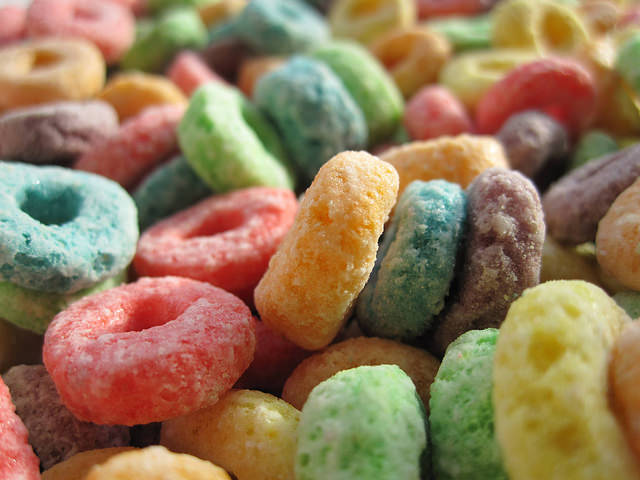
It doesn’t matter if you’re following a Paleo, low-carb, vegetarian, or Mediterranean diet. Every single one of those diets – and every other legitimate diet, for that matter – is going to recommend that you focus on eating real, natural food as much as you can. In other words, they’ll all recommend that you limit your intake of fake, unnatural, man-made, processed junk food, and instead focus on foods that come from natural sources (e.g. plants and animal products).
And you know why? Because it’s a darn good idea! That’s why.
So, eat things like fruits, vegetables, nuts, seeds, whole grains, beans, meat, fish, poultry, and wild game. And avoid unnatural, food-like substances most of the time.
You are what you eat. Garbage in, garbage out. So, if there are a ton of ingredients – or if you can’t pronounce the ingredients – stay away from it. Or, like the late Jack LaLanne used to say, “if man made it, don’t eat it.” Or, at least don’t eat too much (see points 5 & 6 below).
2) Eat a balanced diet that includes plenty of protein, carbohydrates, and fats.
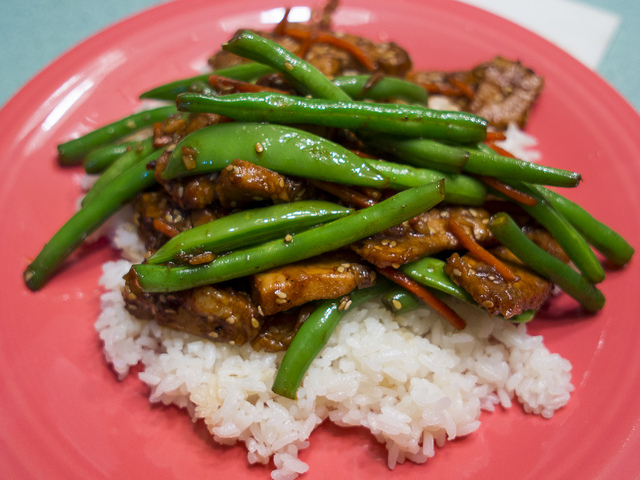
Most people are not best-served by a highly-specialized or extreme diet (e.g. low carb, low fat, etc). Now, it’s true that certain macro-nutrient ratios work better for certain people, and also for certain goals. For example, some people tend to do better with more carbs than others. But most people do best on a balanced diet.
So, if you notice that you tend to consume a lot of one food group (e.g. you often reach for seconds or thirds of starchy carbs), it might be worth exploring some changes. And the simplest method is usually to just bump up the foods that you aren’t getting enough of. Your body will usually take care of the rest. It’s good like that.
Note: you might need to do a food journal for a few days to know how much you’re eating of each food group and/or macro-nutrient ratio for sure.
If you want to get really technical, Tom Venuto, who is an expert in nutrition and is the author of the excellent book, Burn the Fat, Feed the Muscle, will tell you that a macro-nutrient ratio of 50/30/20 works well for most people (i.e. carbs, protein, and fat, respectively). So, you can use that as a starting point. But I’ve known a lot who prefer more of a 40/30/30, too. So, it all depends on you, and that requires some trial and error on your part.
So, you can measure out your portions if you like, or just eyeball it like I do. Most of the time, I just make sure that there’s a good balance of protein, carbs, and fat on my plate, and I try not to overeat any one type of food. Variety is key!
My underlying point is that if you run into any problems with your diet or fat loss progress (etc.), this is one of the first places I would look.
3) Eat lots of plants, and especially vegetables.
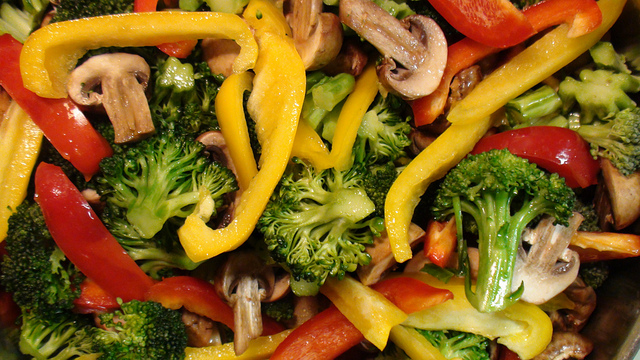
Michael Pollan got it right when he said, “Eat food, not too much, mostly plants” – food and plants being the key words there. So, if it’s actually food (and not a food-like substance), and it grew on planet Earth, it’s likely a very nutrient-dense food. Plus, most plant-foods have a very high nutrient to calorie ratio. That is, they’re packed with nutrition, and yet, low in calories. Starches are an exception, and nuts and seeds are high in both! But hey, who’s counting?
Suffice to say, plants are critical to a healthy diet. They come with so many benefits and play a very important role in health and fitness. That’s why every major diet includes them as a pillar. So, it would be a major mistake to not include a lot of plants in your diet, and pretty much everyone should make them a high priority.
I’d put vegetables at the top of the totem pole, and leafy green veggies are some of the best of the bunch. Then I might put nuts, seeds, and fruit below the veggies. And finally, beans and starches would go beneath them. But they’re all excellent sources of nutrition. And you should be eating them in good supply daily.
4) Make water your beverage of choice.

With very few exceptions, drinking things other than water is usually a bad idea for your health and fitness. But I get it. You have a life. And you’re going to drink things like coffee, soda, and alcohol. You just need to moderate your intake of calorie-containing beverages.
So, for me, about 9 out of every 10 drinks I consume is water or green tea (note: sometimes, I’ll add a slice of lemon/lime to my water or honey to my tea). The other 10% is mostly milk (cow milk, coconut milk, almond milk), but also some soda (usually specialty root beers) and even more rarely, alcohol (usually a nice dark rum).
So, I don’t go out drinkin’ every Friday night. I have a special drink for a special occasion. And Friday night isn’t special enough! Or, if I’ve been working in the yard all day, chugging water like a champ, I might have a Virgil’s root beer with dinner. Or, an apple cider if it’s Fall. And if I need more calories, I might drink some milk or add it to a whole foods smoothie.
I just make sure that the vast majority of beverages I consume are water or other “healthier” options, and I don’t worry too much about the other 10% of less-than-ideal beverages.
So, to summarize your beverage choices…
Best option for most of your daily consumption: water (occasionally with lemon, if you prefer)
Good options for certain purposes in moderation: coffee (black), tea, milk (lot’s of options in this category!)
Save for special occasions: alcohol, soda, juice, energy drinks
Note: I almost never drink juice (i.e. liquid sugar) and absolutely never drink energy drinks. And it’s true, I don’t actually drink coffee!
5) Accept that good enough is good enough.
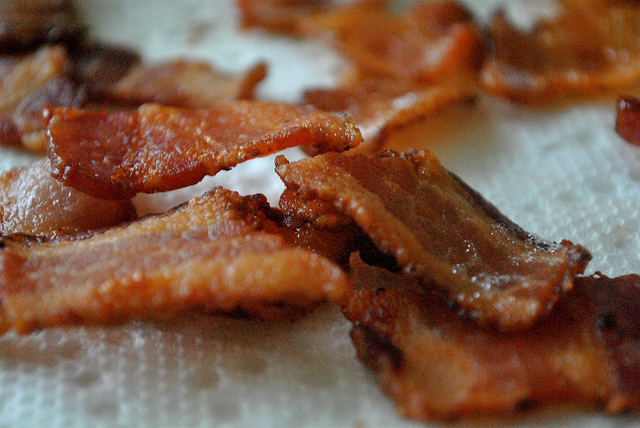
If you’re not an Olympic athlete, a member of special forces, or dealing with a major health crisis, you probably don’t need an extremely strict, controlled diet. So, don’t let perfection be the enemy of good enough.
It would be great if we could all eat 100% organic, natural, free-range, wild-caught, local (etc.) food all the time. But that’s just not reality for most of us. Dietary perfection is an unrealistic expectation. And besides, the difference between eating 90% clean and 100% clean isn’t all that much, and it won’t really affect your results unless you’re at the elite level. So, focus on the important stuff. And until you get the basics down and find what works for you, ignore the trivial details of dieting.
And it sounds like common sense, I know. But it’s not so common. Most people focus their attention on trivial details of their diet instead of taking care of the big important issues. Their think that adding kelp to their diet, taking a special supplement, or trying a new smoothie recipe will solve all of their health and diet woes. But they’re kidding themselves.
For me, I have a goal of eating well about 90% of the time. For the other 10%, anything goes. And that works well for me. And honestly, most people could achieve their goals and be really happy with their results from a diet that is roughly 80% “clean.”
I don’t even like using that word, “clean.” It’s not like pizza and ice cream and potato chips are dirty. They’re just not the healthiest options and can cause problems when you eat too much of them.
6) Have a life.
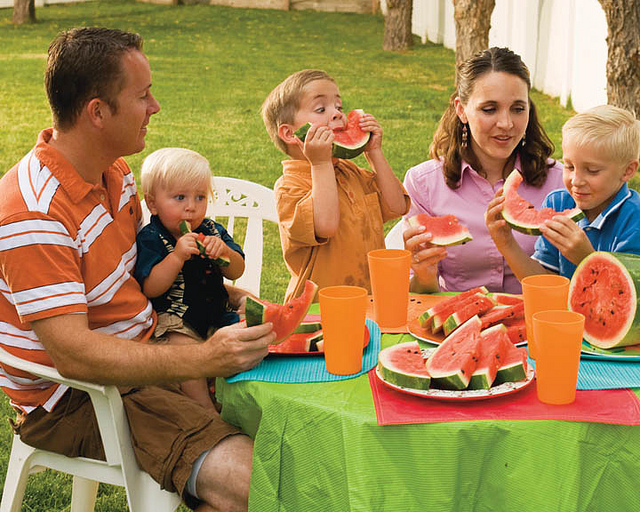
Enjoy some of your favorite foods once in awhile. Don’t be dogmatic about your diet unless you have an important reason to be (e.g. health-related or ethics-related). Don’t avoid “naughty” foods or demonize entire food groups because some guru said they’re bad. Be flexible. Go ahead and eat that treat when the opportunity arises. Buck the trend and actually eat with your family. Pig out on Thanksgiving if you want. Put butter on it.
7) Make changes to your diet gradually.
When people find out that I’m a fitness pro and ask me what kind of diet I follow, I have to explain that I don’t do diets. I’ve tried different methods of eating, sure. And I like things about certain diets. But diets aren’t in my repertoire of tools because diets almost never work.
Here’s what does: baby steps that lead you to your own unique and ideal diet. And that takes time, effort, and even practice. It’s not something you can figure out in 30 days, 6 weeks, or even a year, despite what the diet gurus would like to sell you *cough* …tell you. It’s a process. You have to gradually change your habits over a period of months and years.
I’d estimate that with focus, discipline, and guidance, most people can master their diet in 1-2 years. That’s the accelerated pace, by the way. So, if you want to succeed with all this diet stuff, you’d better get used to the idea of training for the long haul, instead of constantly reaching for the short-term, temporary, low-hanging fruit.
So, now that you know what works, what’s the best way to get started?
With one small step at a time. And I’d recommend that you make it a brain-dead simple and ridiculously easy step so that you have no excuse not to succeed. Here are a a couple of ways you can approach it:
- Focus on one habit at a time like drinking more water, eating more vegetables, or adding more healthy fats. Spend at least two weeks devoted to mastering this one habit, and once you’ve got it down, pick another one to work on. That’s a basic blueprint for success, right there.
- Focus on one meal at a time. If your dinners are usually A-OK, but your breakfast needs work, spend a month working on eating better breakfasts (this is Nia’s suggestion, btw).
If you can make that happen day after day, then eventually, you, too, can be as happy as this woman is…

Final Words
If you enjoyed this post, please share it with your friends! And please tune in for the rest of the series this week, too. Each day, I’ll be sharing some good stuff on how to build a better body, including some tips on how to get un-chair shaped, healthy home hacks, and what to do on your “off days”, among others.
And if you’re interested in a month-long series on building a better body, please let me know by signing up for the newsletter (i.e. waiting list). If I get enough interest, I’ll try to put something together after the New Year.
.jpg)
![]()
Health-First Fitness Coach
P.S. If you liked this post, then please signup for the newsletter, or follow me on Facebook or Twitter for daily updates and other interesting info.
Photo credit: 1, 2, 3, 4, 5, 6, 7, 8.
Further Reading: 7 Days To Build A Better Body
Day 1: Your New Morning Fitness Routine To Build A Better Body
Day 2: The 7 Key Components of a Successful Diet
Day 3: How to Manage Stress Like a Champ
Day 4: 5 Simple Exercises to Reverse the Damage From Sitting
Day 5: How to Stay Healthy When Eating & Drinking Out
